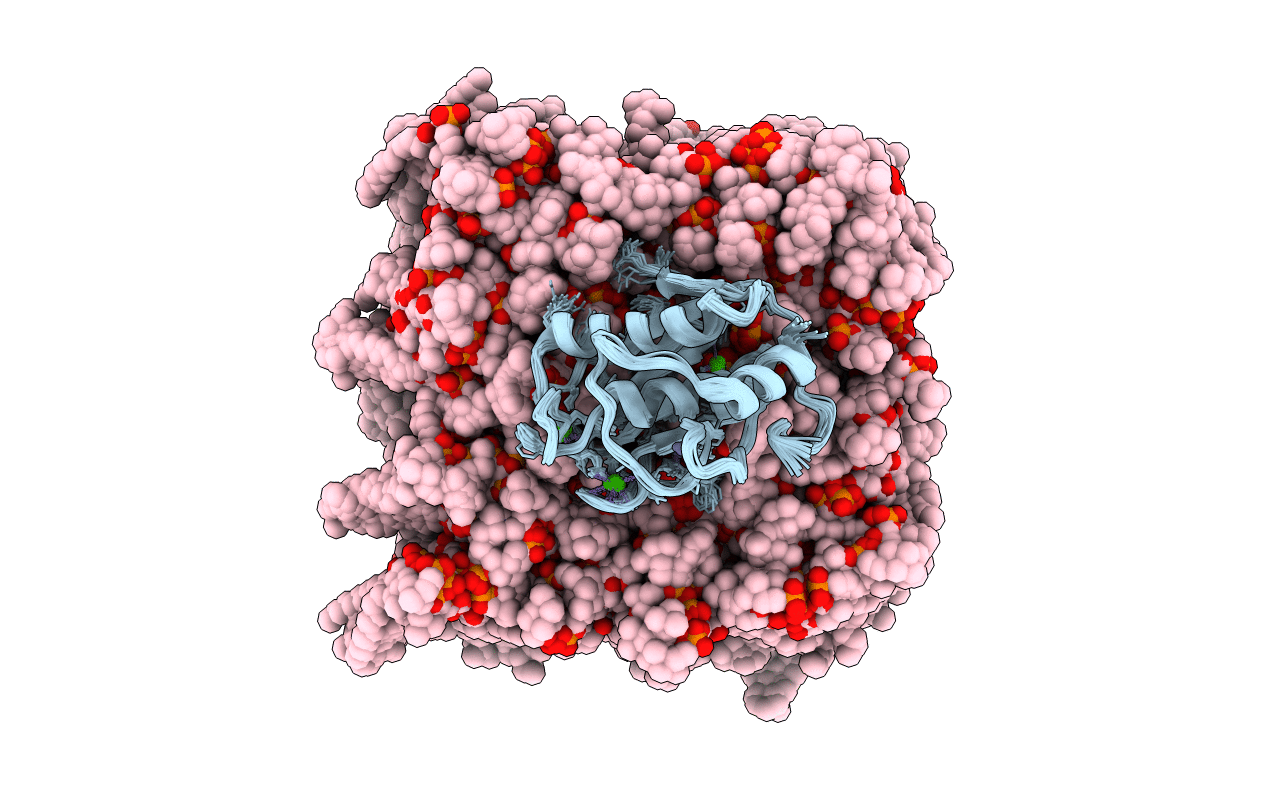
Deposition Date
2014-03-04
Release Date
2014-12-03
Last Version Date
2024-05-01
Entry Detail
PDB ID:
2MLS
Keywords:
Title:
Membrane Bilayer complex with Matrix Metalloproteinase-12 at its Beta-face
Biological Source:
Source Organism:
Homo sapiens (Taxon ID: 9606)
Host Organism:
Method Details:
Experimental Method:
Conformers Calculated:
14
Conformers Submitted:
14
Selection Criteria:
structures with the lowest energy


